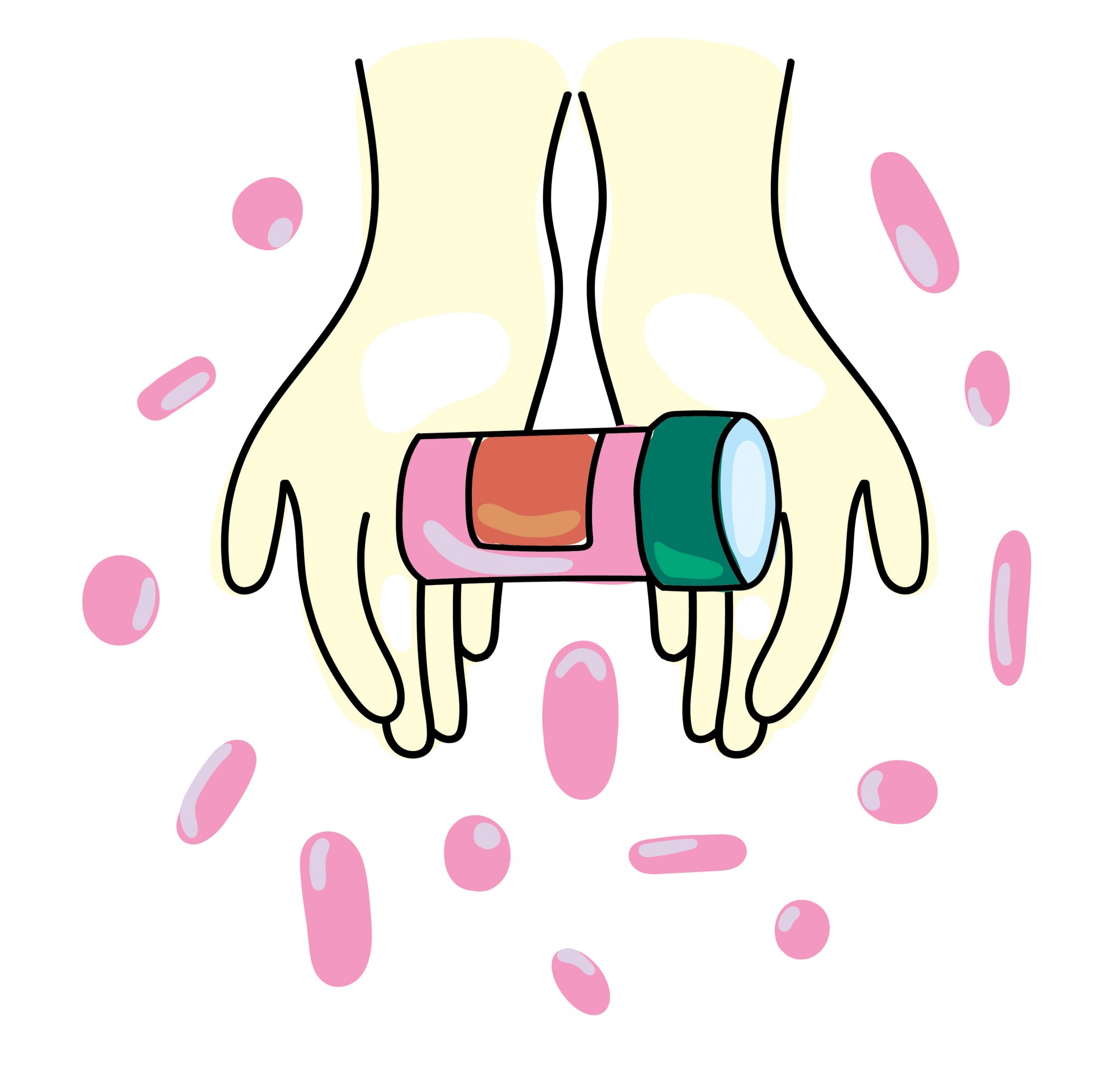The University of Minnesota is collaborating to study how to improve Minnesota pharmacies.
The study is looking at medication therapy management, or MTM, which is when pharmacists improve medication use in patients by limiting adverse effects and providing them with more affordable medications. Researchers will assess the results of the program, called Slice of Pie, which began earlier last month in partnership with the University of North Carolina and HealthPartners.
The goal of the program is for pharmacists to help patients better understand their health conditions and medications.
“The important thing is not to [only show] the value that pharmacists are providing, it’s to show these other outcomes improve patient care,” said Jason Varin, an assistant professor in the University’s College of Pharmacy.
Researchers will evaluate HealthPartners patients who have high blood pressure, heart disease or diabetes. The assessment examines whether the program led to decreased blood pressure, the end of tobacco use or lower blood sugar levels in any of the patients.
“There are so many other things that we could be monitoring for, but yet just those three simple outcomes will make a huge dent or an improvement in the health of the patient and a huge dent in the long-term expense in illness and death rates of the people who are being helped by achieving these goals,” Varin said.
This program is used in more than 130 pharmacies in Minnesota and has not yet been done in any other part of the country, said Todd Sorensen, a University professor and associate dean for strategic initiatives and innovations in the Department of Pharmaceutical Care and Health Systems.
To fund the program, the partnership received nearly $575,000 combined from the National Association of Chain Drug Stores Foundation, the University of North Carolina Innovation Institute and the Minnesota Department of Health.
“HealthPartners had paid for this service for many years, but many pharmacists, particularly in rural parts of the state, were not taking advantage of this,” Sorensen said.
The program was built to answer the question of how researchers could prepare and engage with pharmacists to use MTM services effectively, he said.
“If we have improved [patient] health and saved money, that means that the system we’ve created worked, and we can replicate that system in Minnesota elsewhere,” Sorensen said.
By the end of the assessment, researchers want to know the best ways to change how pharmacies work and encourage them to offer more clinical services to patients, said Carrie Martin Blanchard, a University of North Carolina research assistant professor in the Center for Medication Optimization.
While the program only assesses pharmacies in Minnesota, the University of North Carolina became involved in this program to hopefully bring it to North Carolina once evidence shows it works, she said.
Martin Blanchard said using this program now during the COVID-19 pandemic could lower the burden on other health care professionals.
“Now is more important than ever to really look to how community pharmacies and pharmacists can be a really valuable workforce that we can pack into to help manage chronic conditions, not only in times of pandemic,” she said.
Correction: A previous version of this article incorrectly named an organization that provided funding for the study. It is the National Association of Chain Drug Stores Foundation.








